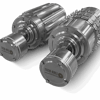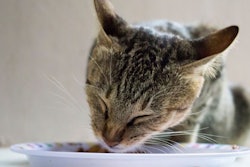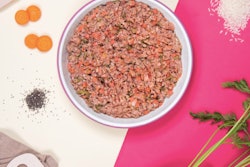
Meat and bone meals have improved in quality over the past decades, Maria Mayorga of the US Soybean Council, said during her presentation at the Latin American Pet Food Congress (Congreso de la Industria de Pet Food en America Latina, CIPAL), Sept. 28 in Buenos Aires, Argentina. The digestibility of thionine, lysine, tryptophan, methionine have all increased in meat and bone meals from 1984 to 2001.
Maximizing digestibility of rendered ingredients benefits the environment, she said. Increasing digestibility improves the amount of nutrition extracted in the rendering process. This makes more pet food ingredients per the quantity of energy used and pollution produced.
While many pet food companies market their products as not containing rendered byproduct meals, meat and bone meals still appear in many more dog and cat foods. Despite the marketing stigma, these ingredients make use of animal parts that would otherwise go to waste, such as hearts and other organs, since the human consumption market doesn’t demand them. Pet food companies make use of these otherwise wasted parts, with environmental and economic benefits.
Carbon footprint of rendered ingredients
Along with the efficiency aspects of using as much of the animal as possible, using those materials also keeps them from rotting and producing methane and other gases, Mayorga said.
Nevertheless, rendering meat, bone, blood and other animal products still has a carbon footprint, she said. The values range from the low of pig and poultry meal with total greenhouse gas emissions equivalent to 190 grams of carbon dioxide per kilogram of product, to 3,200 grams for pig blood plasma rendering.
Ultimately, plant-based pet food ingredients tend to have lower carbon footprints than ingredients from animals, she said. Even raising tiny animals, insects, tends to produce more pollution than growing crops.















